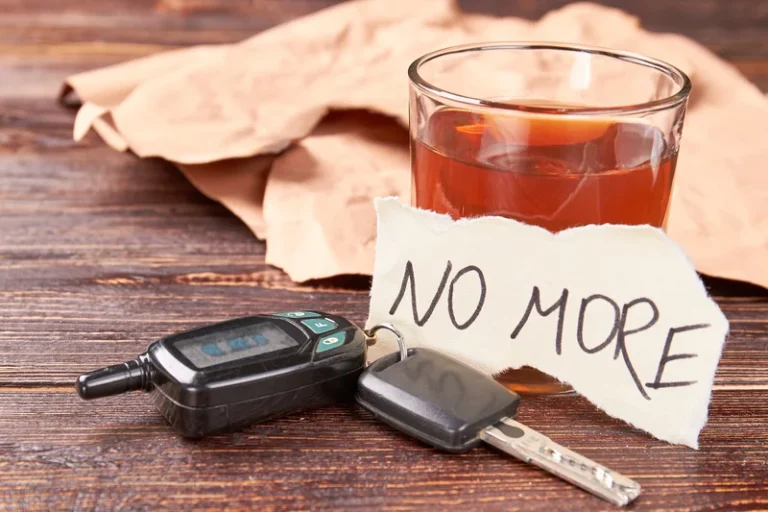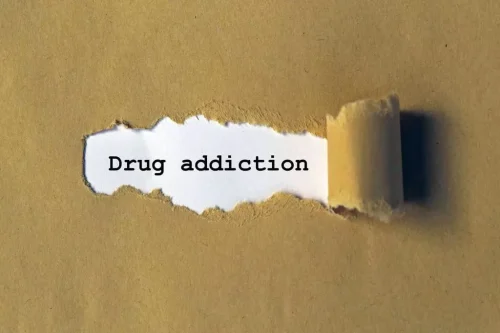
However, with the underlying condition left untreated, CHS can cause serious medical issues. Many find cannabis an effective treatment for nausea and vomiting. Ironically, cannabis use is also the cause of a condition called Cannabinoid Hyperemesis Syndrome (CHS) where nausea and frequent vomiting is the primary symptom. The leading theory is that long-term, daily cannabis use dysregulates the endocannabinoid receptors in the stomach, leading to abdominal pain and vomiting.

Ways to stay healthy
Addiction Resource aims to provide only the most current, accurate information in regards to addiction and addiction treatment, which means we only reference the most credible sources available. Prolonged dehydration, which can be caused by repeated bouts of vomiting, can lead cannabinoid hyperemesis syndrome to urinary tract infections and kidney failure. However, complications can arise from it that can be harmful, namely dehydration and electrolyte depletion requiring IV fluids. Unfortunately, transitional antiemetic medications such as ondansetron are typically ineffective.

Hyperemetic phase

Adequate fluid resuscitation is crucial during the acute phase of CHS to avert complications and ensure physiological stability. This evolution has been accompanied by a concerning uptick in cases of Cannabinoid Hyperemesis Syndrome (CHS), characterized by distressing bouts of nausea and vomiting with varying degrees of severity. People who have abused cannabis may experience withdrawal and need help sorting through the mental health issues or past trauma that led to addiction. This means that a person experiencing CHS can have 12 to 15 episodes of vomiting a day.
What are the symptoms?
When you use marijuana for many years, it can start to slowly change how the receptors in your body respond to the cannabinoid chemicals. For example, the drug affects the receptors in the esophageal sphincter, the tight band of muscle that opens and closes to let food go from your throat to your stomach. If this flap doesn’t work properly, your stomach acids might flow upward and cause you to have nausea and vomiting. If you need help quitting, speak to a healthcare provider or connect with your local addiction treatment services. If you have cannabis use disorder and need help quitting, professional treatment is available.
Cannabis hyperemesis syndrome: 5 scientific answers to “scromiting” questions
To make a diagnosis, your healthcare provider will conduct a thorough physical examination and ask you about your past health and current symptoms. It’s helpful to volunteer your history of cannabis use with your provider if you are not asked about it. At low doses, the effect of cannabis on your brain can have an antiemetic effect that suppresses nausea and vomiting. However, with repeated use in some people, it can have the opposite effect on the digestive tract. This results in the persistent vomiting and nausea characteristic of CHS.
- The only way to stop CHS and its symptoms is to completely quit using cannabis.
- An initial workup showed a mild elevation of serum creatinine to 1.36 mg/dL (baseline is 1.10 mg/dL).
- This usually includes anti-nausea and antiemetic medication.
- This behavior stands out as a prevalent diagnostic hallmark of CHS.
Hyperemesis induced by cannabis
As more states make recreational use of cannabis legal, it is thought that this problem will become more common. In one study of frequent cannabis users with potential CHS symptoms, 33% of participants met the definition of CHS. When expanded to the general U.S. population, research indicates that about 2.75 million Americans annually may experience CHS. It happens after years of using cannabis many times a week. They can begin as mild problems that make you feel sick in the morning. Belly pain and a sense that you are going to vomit are also common.

CHS Symptoms
- It’s still possible to develop CHS if you use cannabis for many years without having any problems.
- Some people who use marijuana heavily get CHS while others don’t.
- Treatment that helps prevent dehydration and loss of electrolytes can help reduce your risk of many of these problems.
- The patient strongly felt as though these symptoms aligned with his clinical course over the prior 8 years.
- Cannabis hyperemesis (say “CAN-uh-bus hy-per-EM-uh-sus”) syndrome is repeated episodes of nausea, severe vomiting, and usually belly pain.
- It’s why cannabis is an effective treatment for nausea and low appetite (and also why you sometimes get the munchies after consuming cannabis).
